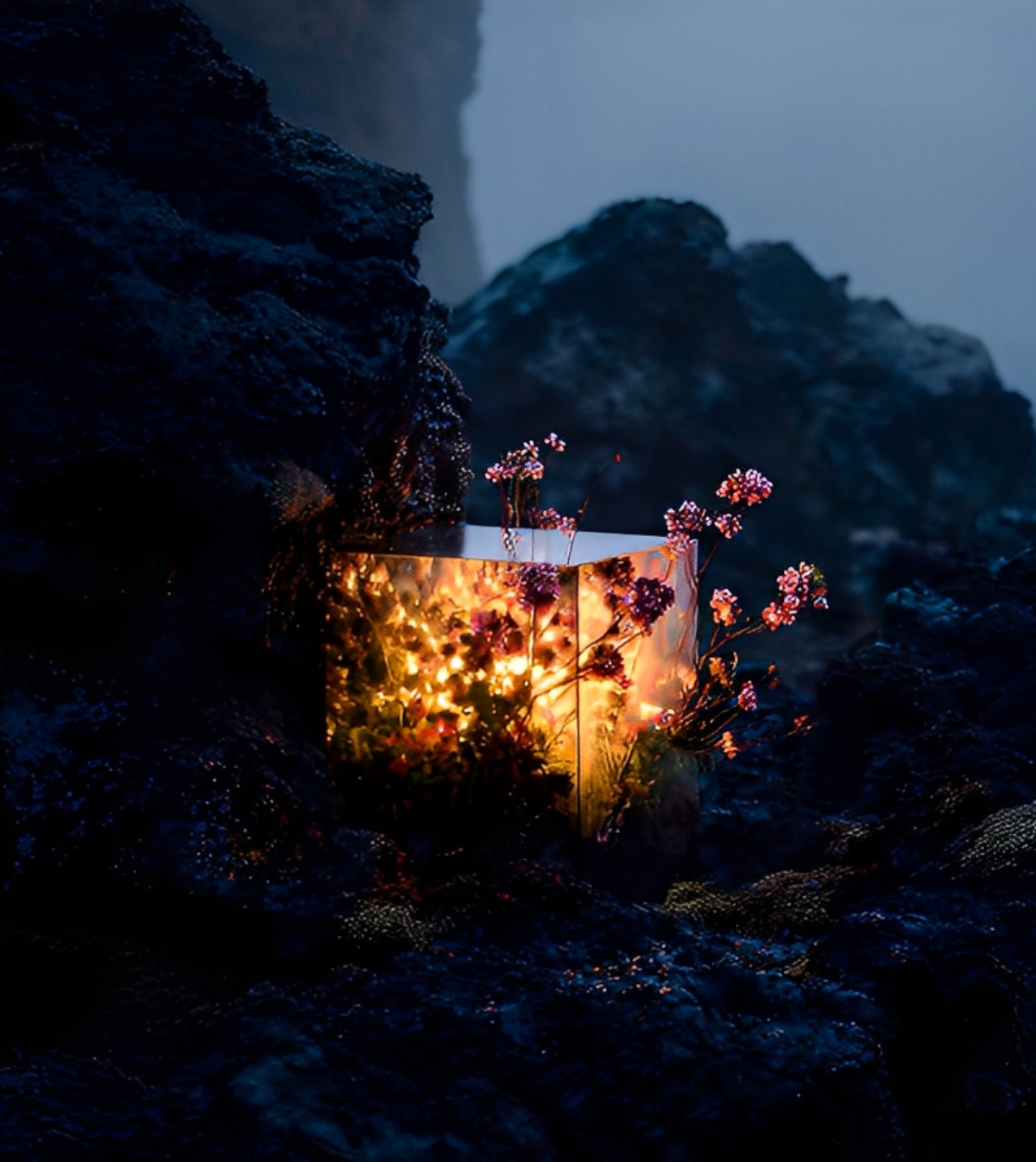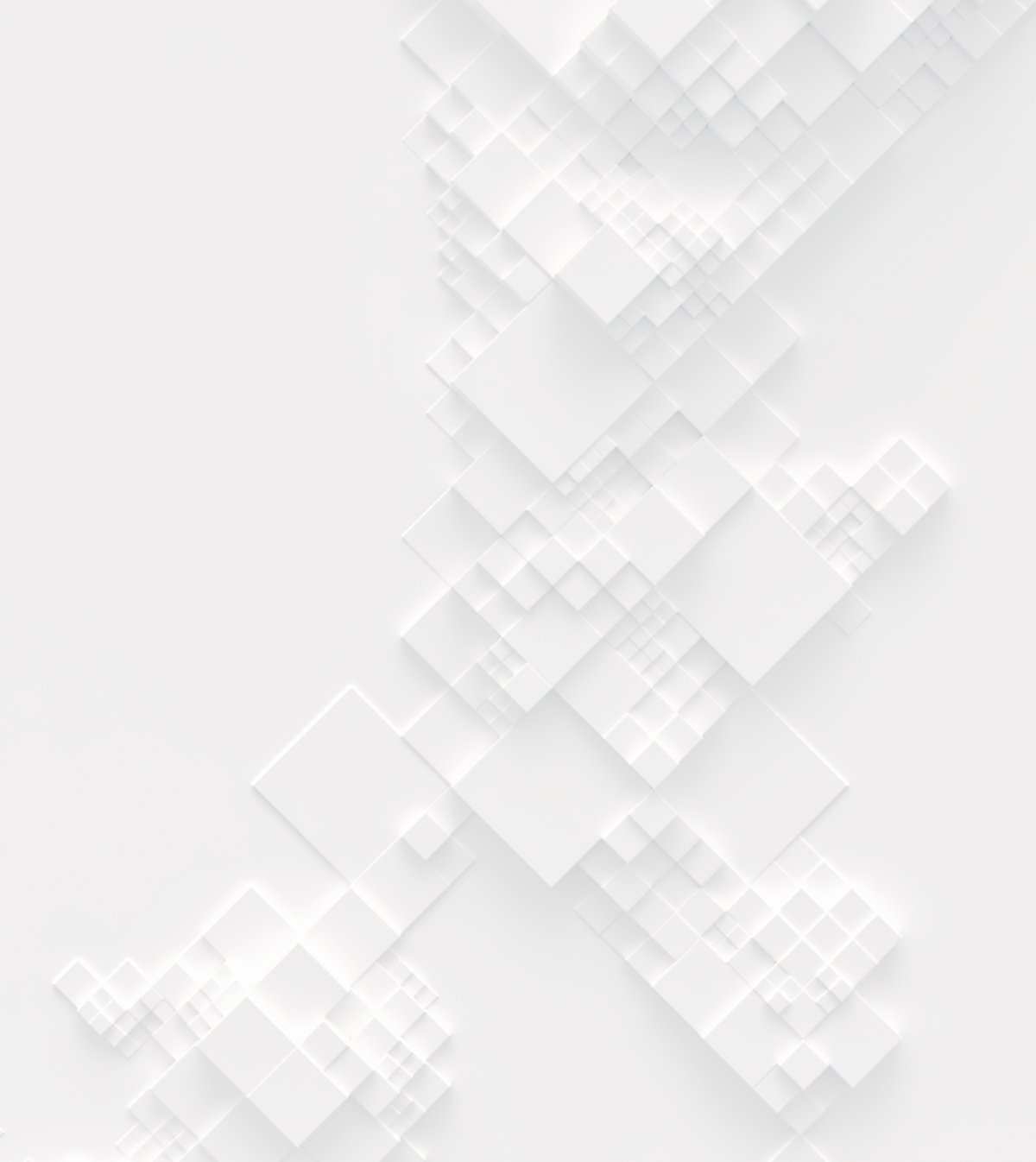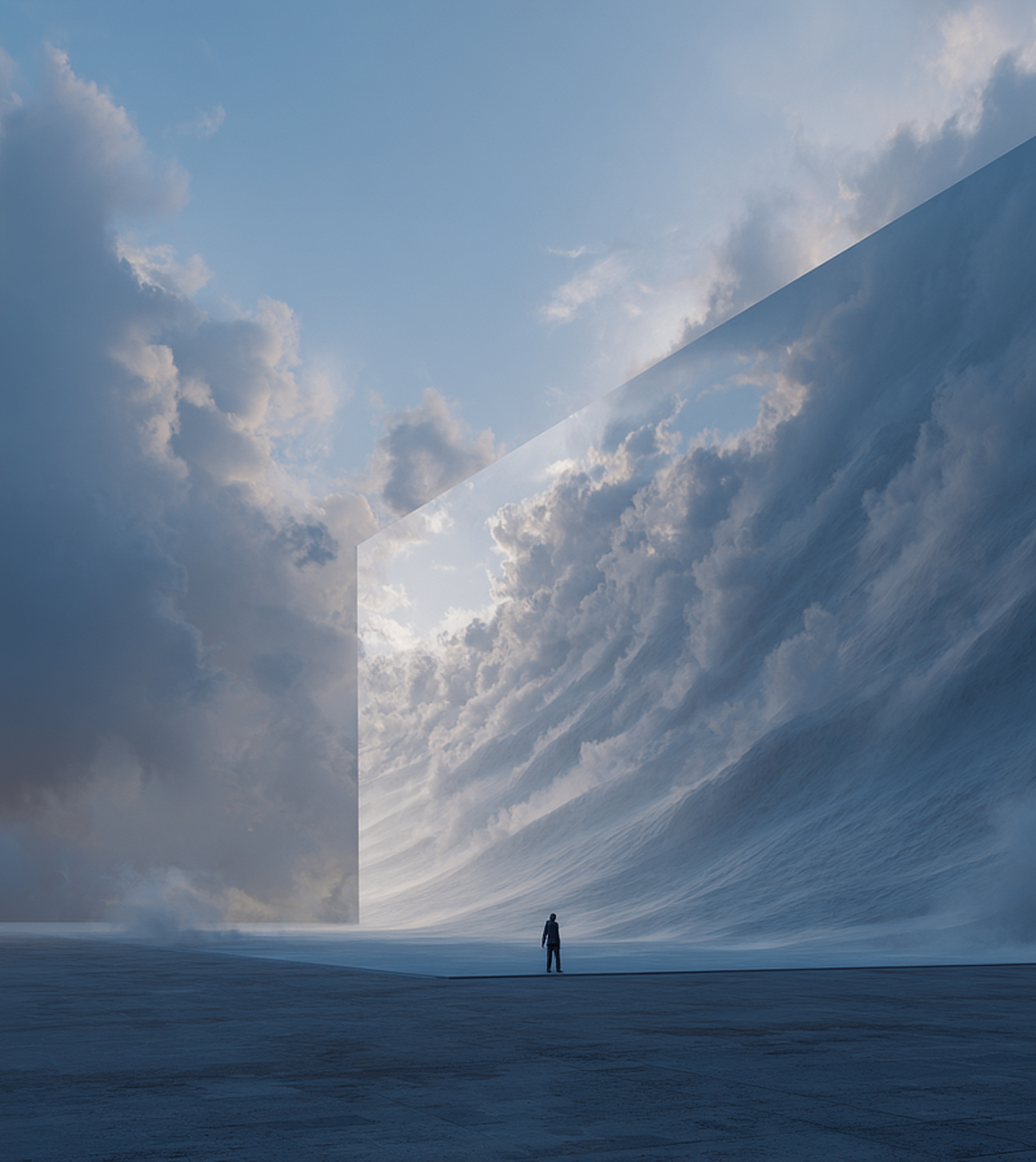Introduction
As society deals with multiple ongoing wars, the aftermath of the COVID-19 pandemic and the heightening challenges of climate change, this competition poses that now is the time to reflect on the positive aspects of humanity and its achievements.
The second edition of the Pavilion Of Humanity: First Contact ideas competition tasked participants with designing a structure encapsulating the best and brightest of our species in a way that, should we ever be visited by extraterrestrial lifeforms, would appropriately communicate the achievements of human civilization in a single space, constructed on a site chosen by the participants located anywhere on Earth.
Much like the Pioneer Plaques, placed aboard the 1972 NASA Pioneer 10 and 1973 Pioneer 11 spacecraft, were intended to communicate a pictorial history of humanity, the Pavilion of Humanity is meant to represent the human race through architecture.
Buildner teamed up with a fantastic jury panel with seasoned experiences in exhibition or pavilion design or in topics related to this event: Astrid Klein and Mark Dytham are founders of Tokyo-based Klein Dytham architecture (KDa), a multi-disciplinary design practice known for architecture, interiors, public spaces and installations; Bartosz Haduch is an architect, academic teacher, and publicist, who runs the interdisciplinary collective NArchitekTURA; Sebastian Letz is a Partner at Milla & Partner, in Germany; David Telerman is founder of Paris-based studio Atelier David Telerman; and Kenrick Wong runs OOA - Orient Occident Atelier, a Cambodian architectural studio which focuses on discovering, researching and utilizing the interdependence of “objects” and connections with surrounding space as design inspirations.
Buildner and its jury panel would like to thank all participating teams for their submissions.
We sincerely thank our jury panel
for their time and expertise
Gonca Arik
Senior Associate Tabanlıoğlu Architects
Turkey

Xuanru Chen
architect at ZJJZ Atelier
China

Bartosz Haduch
NArchitekTURA
Poland

Sebastian Letz
Partner at Milla & Partner
Germany

Astrid Klein
founder of Klein Dytham architecture (KDa)
Japan

Mark Dytham
founder of Klein Dytham architecture (KDa)
Japan

Kenrick Wong
Orient Occident Atelier
Hong Kong

Peter Walker
Director at Cumulus Studio
Australia

David Telerman
Founder of studio Atelier David Telerman
France

1st Prize Winner +
Student Award
Student Award
Arrival

It was my first competition; it was a good exercise, and I also had to pay the rent.
Read full interviewJury feedback summary
Arrival is a pavilion built at the Acropolis, in Athens, a prime example of the use of order, proportion and geometry used in architecture and among the most significant models of such referenced in the millenia since its construction. The proposal for a pavilion ‘floats’ a new rooftop of white linen fabric and polycarbonate plates, a comparison to spaceship, above the existing ruins using helium balloons.
Buildner's commentary, recommendations and techniques review
Order your review here
The single-sheet submission makes use of a simple grid layout of primarily black and white drawings. An introductory axonometric generally explains the concept, however the presentation is severely lacking in descriptive annotation, and general spatial annotation such as grid lines or basic dimensions. For a project that weighs so heavily on proportions and geometry, the submission would benefit from clearly communicating these points.
2nd Prize Winner +
Sustainability Award
Sustainability Award
The mile


It is a good opportunity to express yourself freely.
Read full interviewJury feedback summary
The Mile expands on the tradition of ancient Romans who, when marching, placed a marker every 1000 paces to register distance and direction. The proposal is for a 1480 meter long monument whereby each two steps represent 100 years, and therefore its entirety represents some 100,000 years, representing the history of humanity beginning with the moment it is assumed that humans departed Africa to begin colonizing the world.
Buildner's commentary, recommendations and techniques review
Order your review here
The presentation is quite beautiful and communicates well the laborious experience of visiting what amounts to a series of printed timeline milestones, stretched across a lengthy distance.
3rd Prize Winner
The Last Library of Humanity


Participation in architectural competitions allows individuals to enhance their skills, acquire new knowledge, and expand their perspective, gaining unique and valuable experience. There is great value in observing and connecting with other human beings, a process that occurs in a distinct way during such competitions. They facilitate deeper analysis and understanding of various approaches and work ethics. Competitions also enable dialogue with people from diverse cultures and backgrounds.
Read full interview Poland
Poland
Jury feedback summary
The Last Library of Humanity is located on a volcanic island near to the equator, chosen for access to the primary construction material - basalt - and geographically for its likelihood to be a sort of ideal water-based landing point for extraterrestrial visitors. The fundamental building block of this library is the cube, which can be aggregated infinitely in any direction.
Buildner's commentary, recommendations and techniques review
Order your review here
The quality of the rendered imagery as well as the linework is advanced and precise. The concept of a fundamental building block aggregated to form walls and enclosed spaces is also clear.
Honorable mentions
Shortlisted projects


















































































